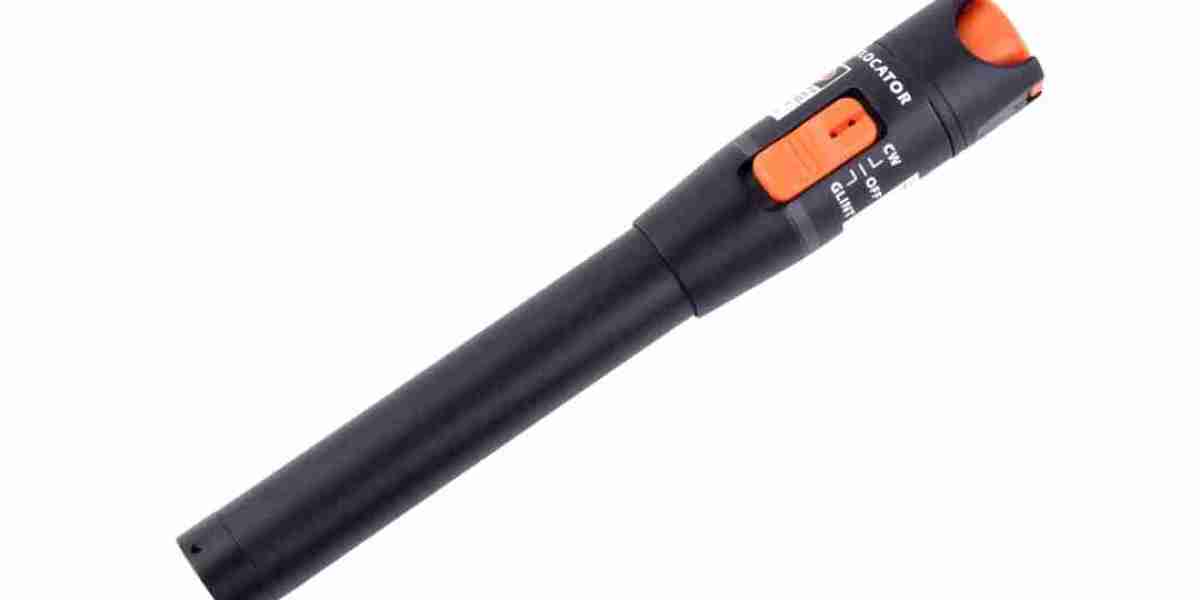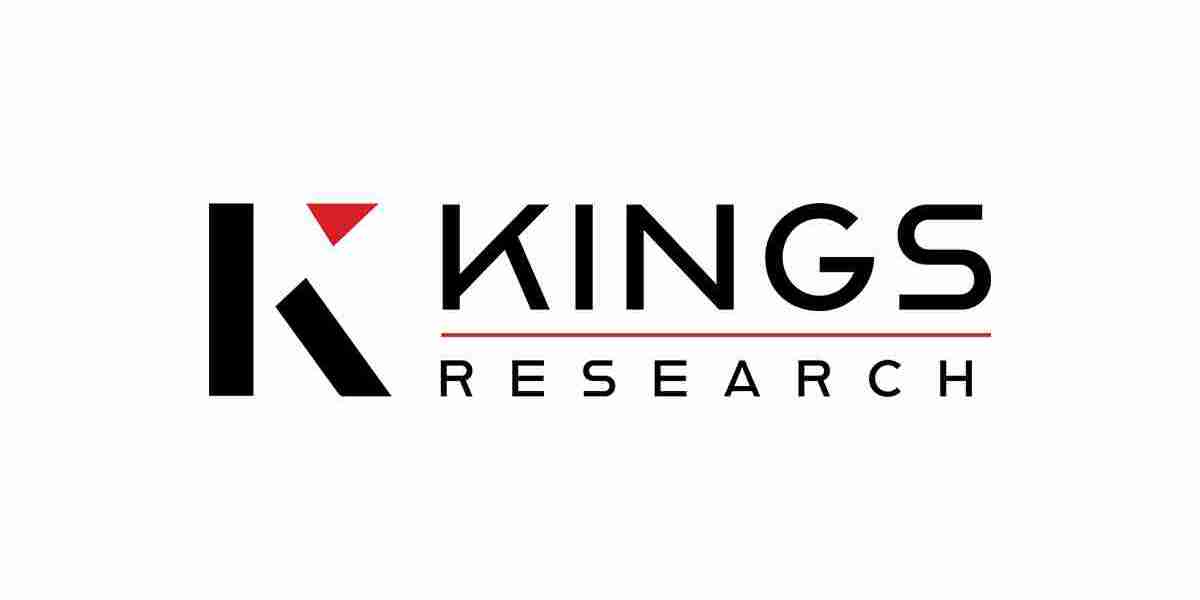When we hear the term laser pen, most of us immediately imagine that little red dot zipping across a whiteboard during a meeting or classroom presentation. It’s often treated as a gadget of convenience—a simple pointer. But this narrow view doesn’t do justice to the full potential, versatility, and global reach of what a laser pen has become in modern times. This device, once reserved for professors and business executives, has evolved into a tool with a fascinating history and applications that stretch beyond the expected.
This article explores the development, cultural significance, creative applications, and ongoing transformation of the laser pen in today’s digital and physical spaces. From scientific experiments to pet entertainment, and from stargazing to tactical training, the humble laser pen is far from a one-trick pony.
The Origin Story of the Laser Pen
The story of the laser pen begins with the development of laser technology itself. “Laser” is an acronym for “Light Amplification by Stimulated Emission of Radiation,” and it dates back to the 1960s. The journey from a bulky scientific instrument to a compact pen-sized tool involved years of innovation. As lasers became smaller and more efficient, the idea of integrating them into a handheld pen-like device became both logical and inevitable.
In the 1980s and 1990s, laser pens started appearing in universities and corporate offices. The earliest versions were larger and consumed more power. But as semiconductor technology advanced, the laser pen became more compact, affordable, and widely adopted.
From Classroom Tool to Multi-Utility Gadget
While educators and presenters still make regular use of laser pens to direct attention to key points during lectures or business meetings, modern versions have taken on many other creative and practical functions.
Astronomy and Stargazing:
One of the more intriguing uses of a laser pen is in amateur astronomy. Green laser pens, in particular, are popular among stargazers. Their beams are more visible in the night sky and can point out stars, planets, and constellations with remarkable clarity. Astronomy guides often rely on them when giving sky tours, especially during celestial events.
Pet Play:
Anyone who’s ever owned a cat knows that a laser pen can become a favorite toy. Pets chase the red or green dot across floors, walls, and furniture, often performing acrobatics just to catch the elusive beam. While the pet may never “catch” the light, the engagement stimulates mental and physical activity.
Safety and Tactical Uses:
In tactical training and certain law enforcement contexts, a laser pen is sometimes used for simulation and target identification. It helps improve accuracy in controlled environments, allowing for non-invasive practice. Additionally, some self-defense instructors use laser pens as temporary disorienting tools due to their brightness and precision.
The Laser Pen in Arts and Creativity
The use of a laser pen has found its way into artistic expression too. Light artists and digital art installations often incorporate laser beams to create visual effects. A skilled artist can use a laser pen to trace patterns on surfaces that are captured using long-exposure photography. The results are mesmerizing—a fusion of technology and creativity that plays with space, light, and time.
In theatre performances and multimedia exhibitions, laser pens sometimes serve as interactive tools, guiding the audience’s gaze or triggering light-based sequences that change the ambiance of the space.
Educational and Experimental Utility
Science educators and students alike use the laser pen for experiments related to optics, refraction, and reflection. It’s a valuable tool in labs, demonstrating the behavior of light through lenses, mirrors, and prisms. Since the beam is visible and straight, it offers a perfect visual representation of theoretical concepts taught in physics.
In classrooms, laser pens are more than a pointing device—they spark curiosity. Demonstrations involving smoke or fog machines and laser pens help show how light travels and interacts with different mediums.
Laser Pen and Modern Tech Integration
Smart classrooms and smart gadgets have also given the laser pen a facelift. Many models now come integrated with additional tools like styluses, remote control functions, and even Bluetooth connectivity. These advanced pens serve as multifunctional devices in hybrid classrooms and remote work settings.
Wireless presentation clickers often come with built-in laser pens, enabling users to control slideshows while directing attention to specific points on screen—all from across the room. This integration of form and function reflects the demands of modern productivity.
A Tool in Cultural and Everyday Narratives
The laser pen has subtly crept into pop culture and public consciousness. Whether in movies where high-tech spies use laser pens to cut through glass or in memes where a cat furiously chases a dot on the wall, the device has become a symbol of precision, curiosity, and sometimes comedy.
In social settings, a laser pen often becomes a conversation starter. At events or exhibitions, people use it to point out features from a distance, especially in large spaces. It’s a blend of function and fun that serves a wide range of social and practical needs.
Market Evolution and Consumer Demand
Global demand for laser pens has diversified. Manufacturers are offering versions with different light wavelengths, brightness levels, and casing designs. Red, green, and blue laser pens are the most common, each with varying levels of visibility and usage context.
Green laser pens are more visible to the human eye than red ones, even at lower power levels, which is why they’ve gained popularity in outdoor and astronomy applications. Blue laser pens, while more niche, are used in specialized creative or experimental settings.
As safety regulations differ from country to country, consumers are becoming more aware of laser classifications and output limitations. Responsible use is being promoted alongside technological advancement.
How to Use a Laser Pen Responsibly
Although a laser pen is a fun and versatile tool, it comes with a degree of responsibility. Direct exposure to eyes—even for a second—can be harmful. That’s why understanding the laser’s class rating and adhering to guidelines is crucial.
Most consumer-grade laser pens are classified as Class 2 or Class 3R, which are safe for general use but should still be handled with care. When used properly, laser pens provide safe interaction without posing harm to people or animals.
In public spaces or urban environments, using a laser pen to point at aircraft or vehicles is not just dangerous—it’s illegal in many jurisdictions. Responsible usage ensures the laser pen remains a helpful and enjoyable device for all its intended purposes.
Final Thoughts
The laser pen may appear like a small, unassuming gadget, but its reach spans across industries, hobbies, and academic fields. What started as a basic tool for presentations has now become a multifaceted device—one that merges fun with functionality, art with education, and science with everyday life.
Its evolution mirrors our growing demand for tools that are not only efficient but also engaging. Whether you're an educator, artist, stargazer, pet owner, or tech enthusiast, the laser pen offers a unique way to interact with your world. And as technology continues to develop, so too will the capabilities and creativity surrounding this remarkable little device.
So, next time you see a laser pen in action, take a moment to appreciate the beam not just as a pointer—but as a symbol of how light, innovation, and curiosity intersect in the palm of your hand.







